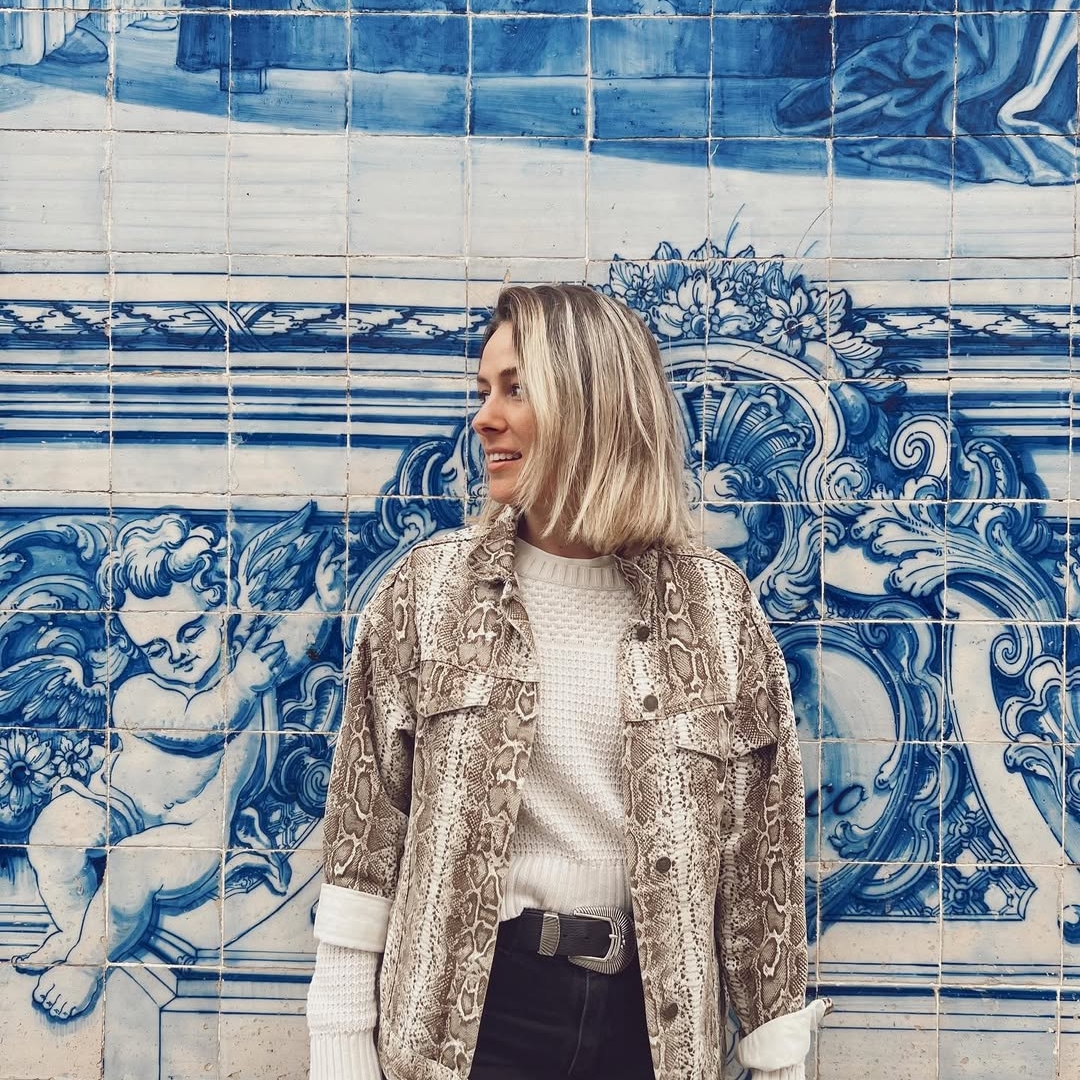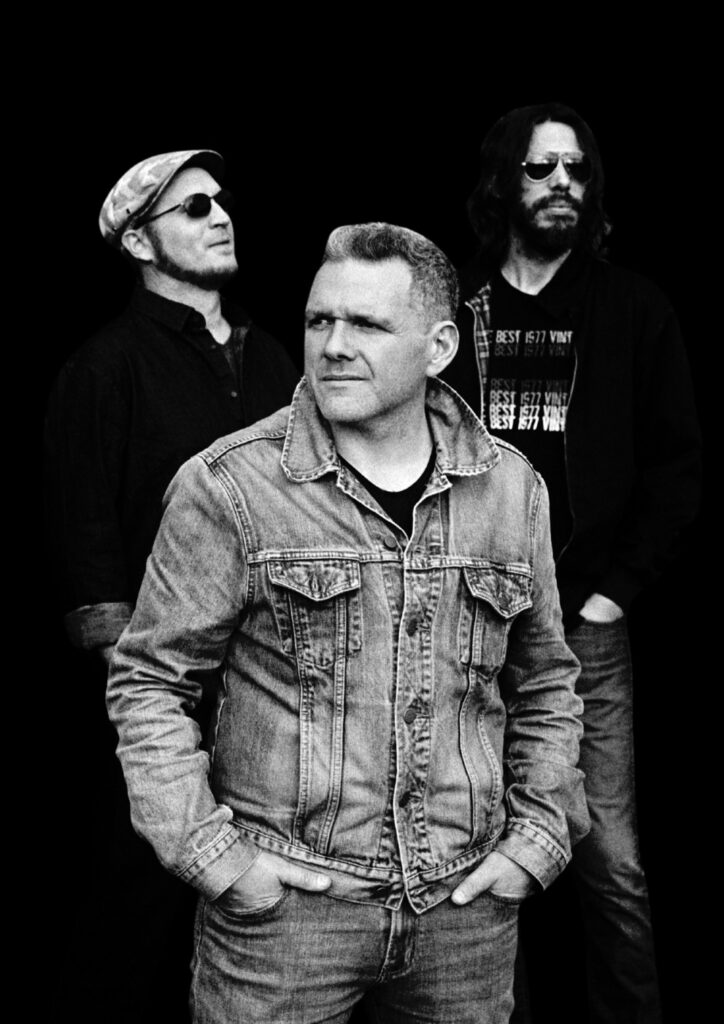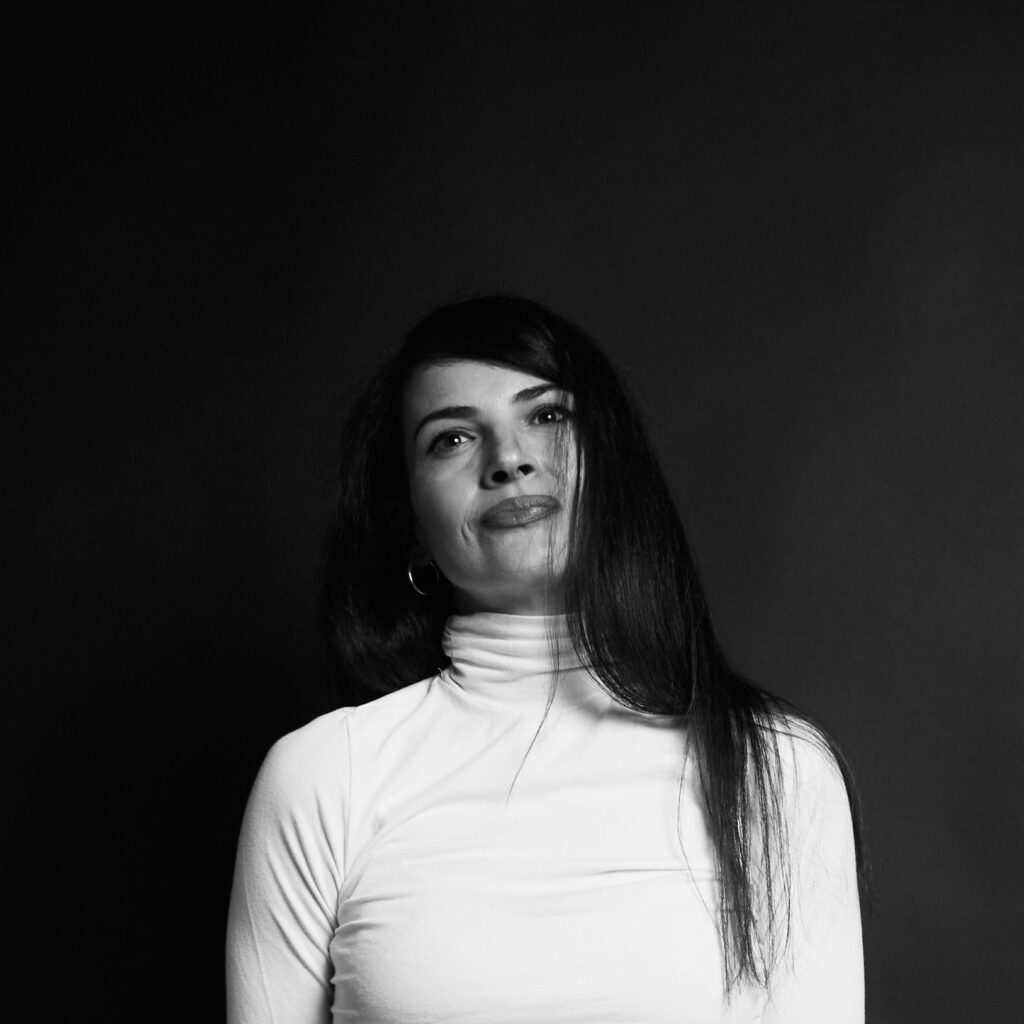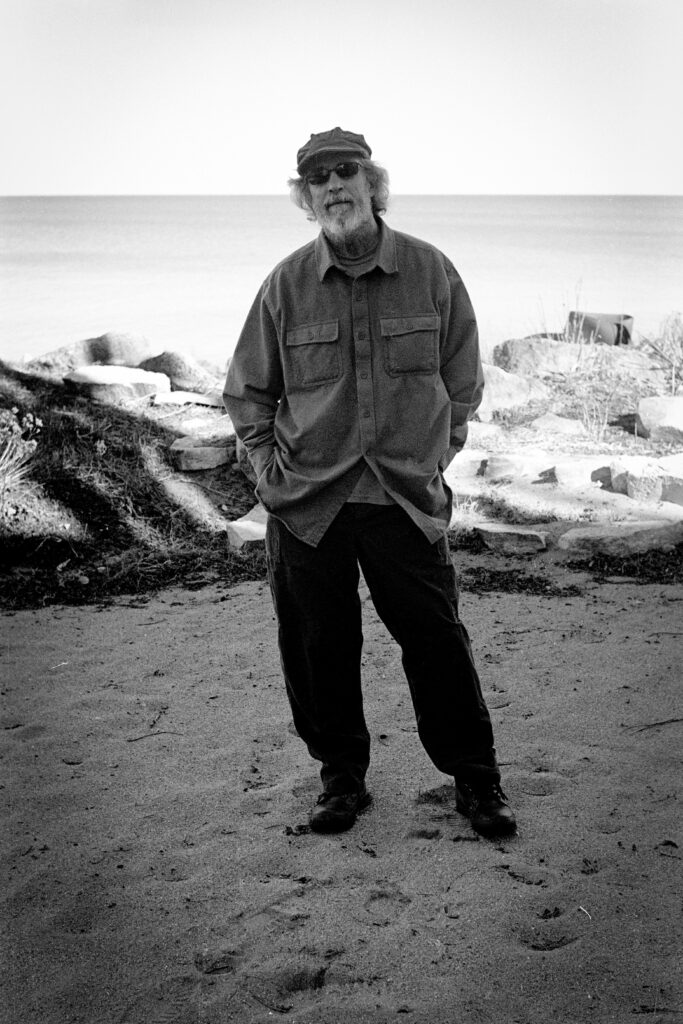A Quick Chat With Duane Hoover About “Wayward Path”
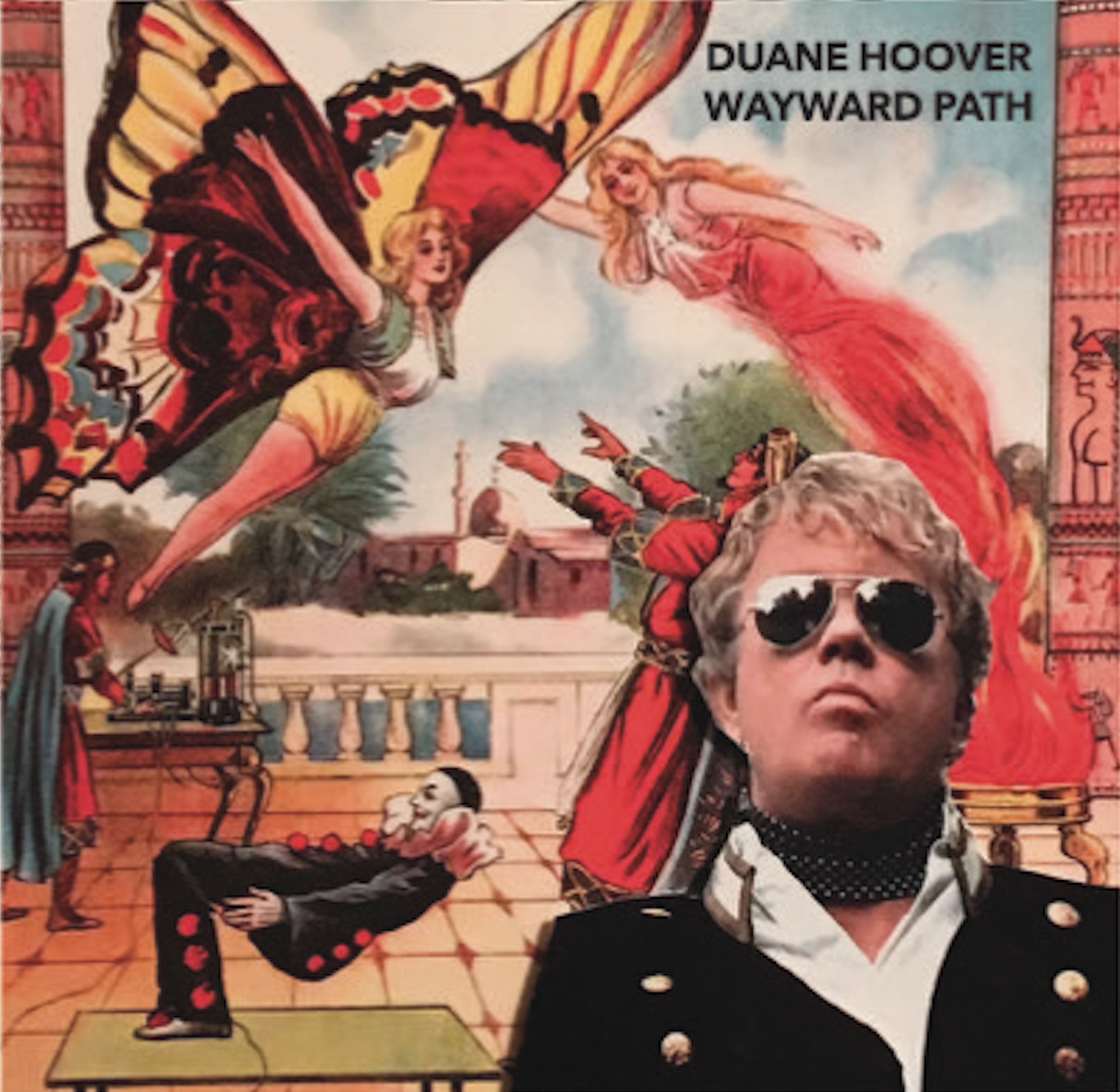
Q: Hi! Your music bridges the gap between ‘60s mod culture and ‘70s punk—what draws you to that particular intersection of genres?
A: Those were the genres that moved me, along with the ‘50s rock’n’roll, Buddy Holly, Everly brothers, Little Richard and Chuck Berry. It’s what always inspired me and got me juiced. The fierceness you could feel and I wanted to stir up my own version of what moved me
Q: You’ve said nostalgia doesn’t interest you, yet much of your work references the past. How do you keep those influences fresh rather than retro?
A: You are the sum of your experiences and a collection of your favorite songs and sounds. I’m OK with my influences coming through in the music. It would be hard to keep them out. But I want to create or continue to create my own new and fresh sound.
I’m always looking to make a new thing. I like Bob Dylan’s advice quote “go where they ain’t.” When I’m at a Who concert or a McCartney concert, I’m studying elements of what is working and then jotting notes about how to incorporate it into my own songwriting and recording.
Sometimes my lyricss sound dopey, like an Iggy Pop phrase. But I like it to be very ‘pop art’ and it says a lot that I don’t take myself too seriously. I’m just having fun. Rock ‘n’ roll is not for brain surgeons there’s an off the cuff aspect that keeps things fresh.
Q: In Wayward Path, you cover a wide spectrum—from Donovan to Waylon Jennings. What guided your selection of cover songs for the album?
A: I never know when a song will jump out at me. I don’t want the covers to be very familiar to people. Rather I want them to unearth and redefine something catchy to me like a Kinky Friedman song, or a Mama cast song, or maybe even something from a children’s record. I heard a song recently from an old western that caught my ear. I can never know if I’ll get to it. But I lay a lot of ideas & homework down that I assign myself to complete. Some get done. Some are still in the queue.
Q: Your version of “Sorrow” pulses with energy and homage. Can you walk us through how you approached reimagining it with such intensity?
A: Well, I first liked the phrase “With you long blonde hair and your eyes of blue, The only thing I ever got from you was sorrow.”
I only knew this phrase when it was sung by George Harrison in the fade out to the Beatles song “It’s All Too Much.” The Bowie version of the song is too slow and boring. I wanted to knock the Bowie version off the map. There’s a lot of Pete Townshend guitar riffs and a toggle lead (also learned from Pete). It’s only 1:47, but it really gets in your face.
Q: “Jennifer Juniper” is a radical shift from Donovan’s original—why punkify such a delicate song?
A: No matter the style, I hear what I can do with it. In this case, I could hear the ringing power chords in my head. I think we got “Jennifer” in the first take; which is always what I want. I want to get after it before musicians get to thinking and polishing their parts too much. I want the raw. Elvis was like this. His drummers and bass players would say I think I can do this better and Elvis would say no. It’s fine. I think we got it.
Q: You mentioned being influenced by the likes of The Kinks and The Who. What lessons have you taken from them in terms of songwriting or performance?
A: Not really influenced by The Kinks. But some have extracted that I am. Now The Who runs through me and I can’t take it out. It’s part of me. They struck a chord in me that brings a visceral fierceness that I like. It’s fun to unleash a Who- like energy onto tape or “live.” It says a lot. Again, perfection is not the goal melodic intensity is.
Q: There’s a theatrical energy in some of your vocals reminiscent of Roger Daltrey. How conscious are you of performance style when you’re recording?
A: I think I’m not really aware. I just do what the song requires. I serve the song.
Q: Originals like “It’s a Different World” and “All Over Again” showcase your unique voice. How do you balance your own style with those of your musical heroes?
A: I really don’t know what the song is going to be, my voice to my approach, until I jump into the pool and see what it brings. A lot of times I don’t know what I have until I step away from it. I’ve never done one like “It’s A Different World.” It was a pleasant surprise.
Sometimes, I don’t know where these songs come from. I just follow what it’s telling me to do. Then, when it becomes its own creation. It’s very pleasing. So, to answer your questions….It’s a blend that leaks in subconsciously.
Q: You described yourself jumping around “like a madman” while recording “All Over Again.” What role does physicality or movement play in your creative process?
A: You get excited. You get inspired. You jump around if you get into the flow of the emotion. Raw emotion trumps technical perfection.
Q: With Wayward Path weaving such a rich musical tapestry, what do you hope listeners take away from the album?
A: There’s no stuff like this out there these days; refreshing inspired energy…real people playing. Make them say to themselves “I want to play this again.” “Where can I get more of this type of music?”
Hopefully, others will enjoy my vision. It’s not just for me. It’s for anyone. I also feel a duty to pass on what has inspired me so much; a passing of the baton sort of thing. I’m the new guy that carried the torch

